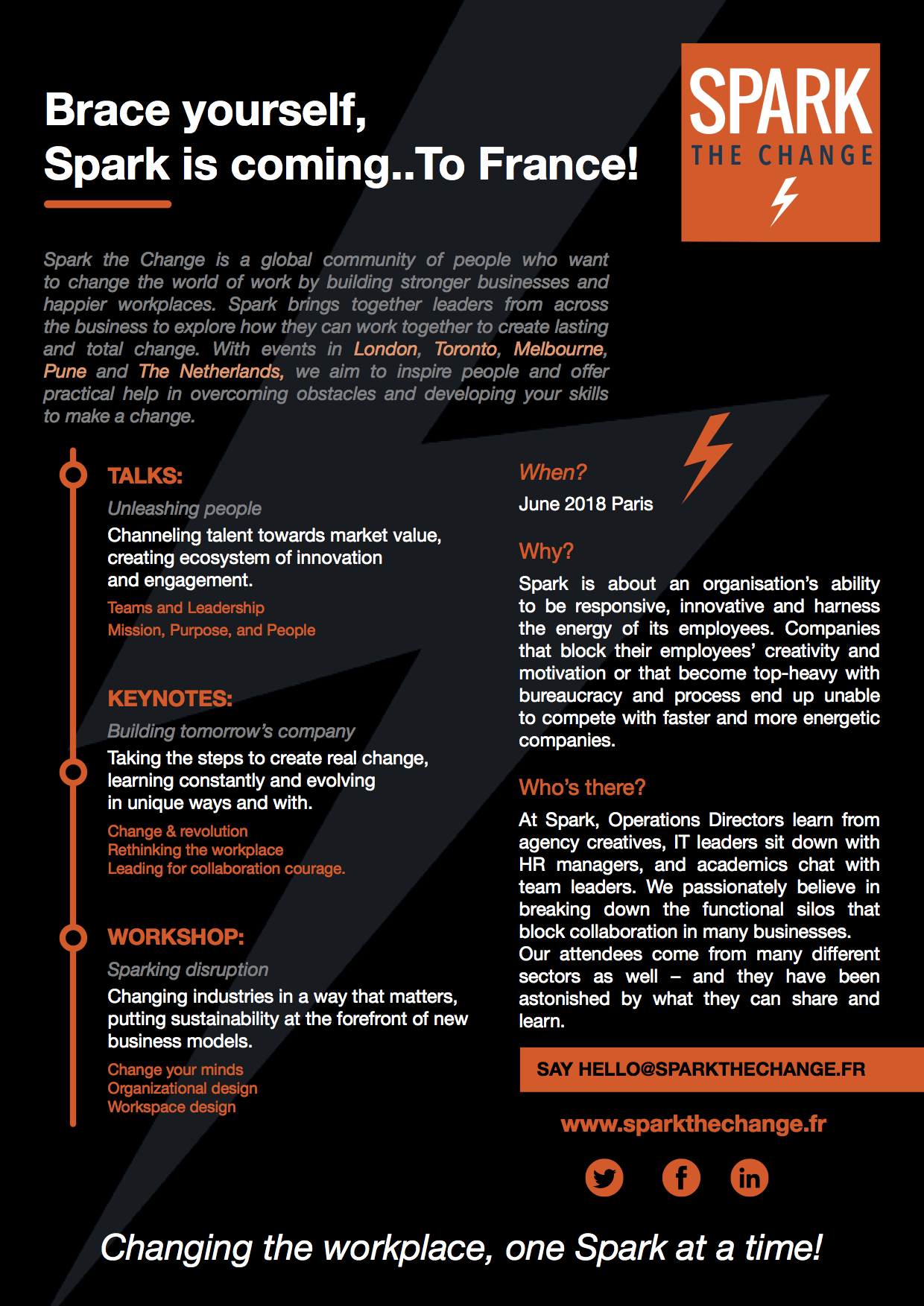
In March 2015 we received the bombshell from our U.S executives that our office in Oxford was to close as part of a long-term global consolidation of sites with some staff being offered relocation and the others made redundant. The products needed to continue, but how could we avoid the remaining time just being miserable?
Staff were asked to complete their current work and assist with knowledge transfer to the remaining development offices in the USA and India. The previous few years had seen good progress with agile and lean software development, customer satisfaction had steadily risen and staff turnover had been extremely low. So the closure announcement was a body blow. The chance of the announcement being taken badly was all too real with the risk of the situation disintegrating into a depressing mess.
The Oxford management team had the difficult task of trying to make the best of the situation and get the best outcomes for both staff and the company. One year on, the results so far have been remarkably positive. We can therefore make some recommendations for anyone else in this situation, some of which are also worth considering for companies during normal operations.
Actions taken
- Long notice period – We managed to agree 18 months’ notice of the final closure. This was necessary to complete current work and have an effective handover so that the complex medical imaging software products could continue. However, it was a very long time to hope that people would stay so other measures were needed.
- Generous redundancy packages. These were agreed at a level which impressed staff. With their tax-free nature, this gave people confidence that even if they didn’t find another job immediately, they would not have any financial worries for a few months.
- Relocation support – Real commitment was shown to staff to find them other places within Siemens. This included generous relocation packages, funded exploratory visits for staff and families, advice from locals and flexible move dates. This was not cheap, but the cost was much less than hiring and training somebody new.
- Voluntary end dates – Rather than imposing end dates, staff were asked to openly express whether they wanted to stay 6, 12 or 18 months. It’s very hard to predict how people will react so it was better to try to align individual’s needs with business needs. Almost 100% of people got they end date they wanted, most opted for the longer duration and the company had adequate cover.
- Keeping a training budget – Staff were given encouragement to still do training and qualifications. The company would still get some benefit from the training in the short-term, it would help staff with finding a new position, but mostly it helped reassure staff that they could stay and still develop themselves.
- A larger entertainment budget – It was important for people to socialise and support each other so there was an increase in company-funded drinks, lunches and a bigger-than- normal Christmas party.
- Help with job-hunting – Staff were allowed to take some time for interviews and encouraged to have an open discussion on opportunities with support given to try to accommodate people’s wishes where possible. External consultants were available to advise on interview techniques, CV-writing and job hunting.
- Effective use of employee representatives – Rather than just fulfilling a legal requirement, a real effort was made to engage with the elected employee representatives, create a detailed FAQ for staff and share all information on the intranet.
- Continued staff recognition. The office was required to operate properly for an extended period so it was only fair that staff should be treated normally and retain the opportunity to still achieve an above-target bonus and the opportunity for promotion.
- Management care – The managers have been very open, honest and helpful to the staff and shown genuine care and empathy for people and their circumstances. This probably made the biggest difference and enabled so many of the positive results. A site closure can be viewed by staff as a big breach of trust, so asking staff to believe promises about arrangements during the remaining period is a challenge and requires lots of reinforcement, consistency and ensuring that was is said is done.
Results
- Staff morale – This went through the inevitable rollercoaster of shock, anger, worry then acceptance. People were annoyed or upset at the decision, but overall viewed the offers as fair and professional. Staff who had been through a redundancy before thought that the way this was handled was much better. Although losing colleagues is unavoidably sad, people have been positive about making the best of the situation.
- Staff stayed until their agreed date – The long notice period and generous packages meant that most people were fairly relaxed about finding a new position and happy to leave serious job hunting until a few months before their agreed end date. Whilst, it’s an imposed change for everyone, in some cases, staff have appreciated having the “luxury” of having an extended period with a financial cushion during which to calmly think about what alternative job they would really like to do in future. Staff have been open about their hunting and have discussed mutually agreeable end-dates before accepting offers.
- Results still achieved. Work on products continued at a good level. Inevitably people weren’t going the extra mile in quite the same way as they used to but were professional and productive. Staff have been helpful in ramping up new recruits in India and continue to take pride in their products. There have been no surprise, early, resignations or disciplinary issues.
- A surprising number relocated. 25% of people relocated to the USA which was a lot higher than anyone originally expected since people liked being in Oxford.
- Additional social events – The activity in the office “community” if anything picked up since the news with whisky tasting, a pool tournament, team nights out, a group cycle ride around town etc.
- Peer-to- peer training – Staff have shown a great desire to support each other and proactively run open seminars for others in the office to share their knowledge with others (e.g. Sharepoint, Data Science, Android Programming, Arduino programming, Linux etc)
- More cakes – We’ve always provided cakes on a Friday but the number of spontaneous cakes being brought into the office on other days has gone up.
Overall it has been a much more positive experience it could have been. The office morale is still good and the staff have received outstanding praise for their continued professionalism and dedication.
The results has been good for the company as there is a smooth handover taking place while ensuring that people are taken care of. The actions above have not been cheap for the company in the short-term, but are ultimately delivering better long-term value than the alternative of instant site closure followed by disorder and a long period of rebuilding a new team from scratch.
Suggestions relevant for companies not closing
Whilst some of the topics are only relevant to a site closure, some things could be beneficial anytime.
- Management openness is always a good thing. It’s easy to forget the importance of explaining plans and listening to feedback. Make sure there’s time for group meetings, 1 to 1 sessions and occasional surveys.
- Peer-to- peer training is always very cost-effective so time and support should be given for this. Staff have a lot of varied knowledge and it’s motivating for both the trainer and attendees.
- Creative entertainment. It can be an easy area to cut, but pays back a lot. If people have a good social relationship with colleagues, they are much more committed to them and hence also the company. The entertainment does not necessarily have to be lavish e.g. a pool table and tournament, an indoor mini-golf area made out of office accessories and text books, a pancake- tossing event on Shrove Tuesday etc. Something a bit different every few months keeps things fresh. Cakes, are always good.
- Look for the best outcome for both staff and the company given the circumstances. Arrangements with staff have to be fair to get the best results in the long-term.
By: Stephen Wells, Siemens Molecular Imaging, Oxford





